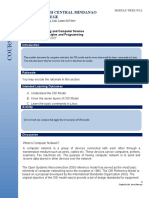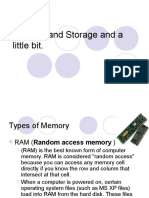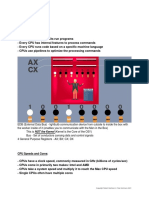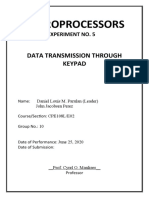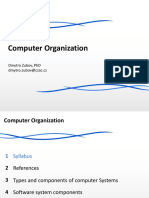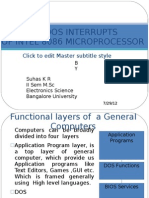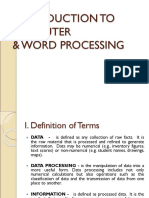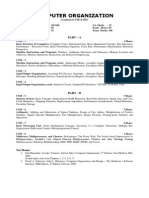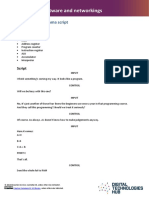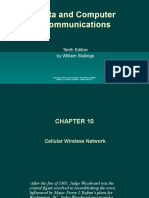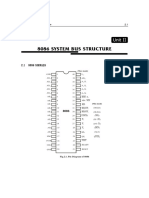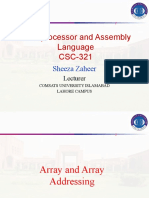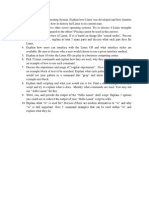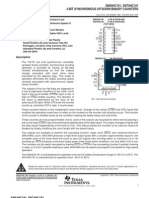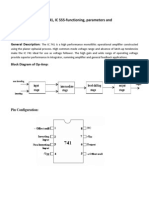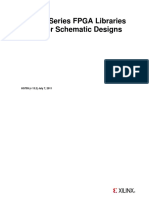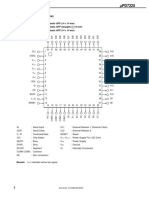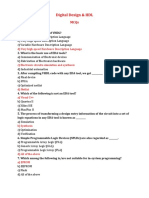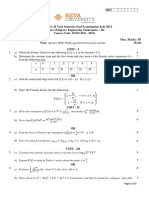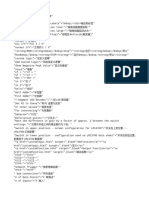0% found this document useful (0 votes)
266 views33 pagesDigital Fundamentals Question Banks Answers
The document contains a series of questions and answers related to digital fundamentals, covering topics such as binary conversions, logic gates, K-maps, demultiplexers, and flip-flops. It provides definitions, explanations, and examples for various digital concepts, including the construction of truth tables and the characteristics of different number systems. Each unit is structured with questions that require specific answers, often including calculations or comparisons.
Uploaded by
mayavan1305Copyright
© © All Rights Reserved
We take content rights seriously. If you suspect this is your content, claim it here.
Available Formats
Download as PDF, TXT or read online on Scribd
0% found this document useful (0 votes)
266 views33 pagesDigital Fundamentals Question Banks Answers
The document contains a series of questions and answers related to digital fundamentals, covering topics such as binary conversions, logic gates, K-maps, demultiplexers, and flip-flops. It provides definitions, explanations, and examples for various digital concepts, including the construction of truth tables and the characteristics of different number systems. Each unit is structured with questions that require specific answers, often including calculations or comparisons.
Uploaded by
mayavan1305Copyright
© © All Rights Reserved
We take content rights seriously. If you suspect this is your content, claim it here.
Available Formats
Download as PDF, TXT or read online on Scribd
/ 33

